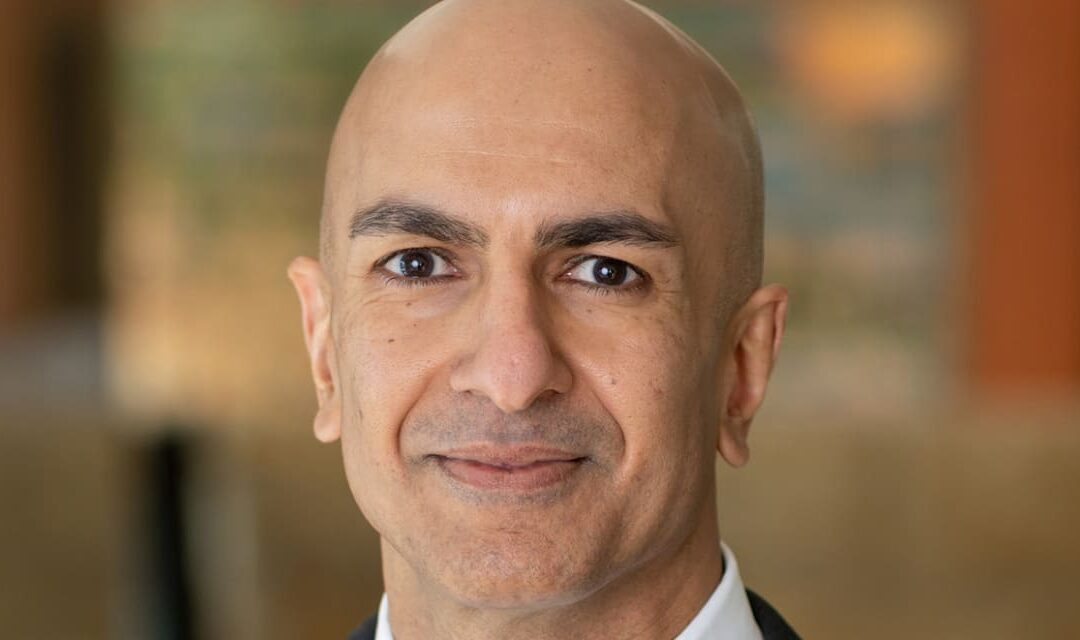The rate of U.S. inflation is getting close pre-pandemic levels, but “we are not quite there yet,” the chief of the Minneapolis Federal Reserve said Tuesday.
Neel Kashkari echoed a slew of other senior Fed officials in saying the central bank wants more assurance inflation is slowing toward the central bank’s goal of 2% before cutting interest rates.
He did not comment on when he thinks the Fed might cut rates during a business roundtable in Minnesota. He’s previously made it clear he is willing to wait.
Senior Fed officials have made a concerted effort to persuade Wall Street they won’t cut interest rates very soon.
Investors have since dialed back expectations of a rate cut in March. They now think the first one won’t come until May.
Read: Fed’s Mester warns against cutting rates too soon and too quickly
The surprising strength of the economy, Fed officials believe, gives them more leeway.
The U.S. hasn’t slowed much, if at all, since the central bank began a series of rate increases almost two years ago to tame high inflation.
Gross domestic product surged in the second half of 2023, the economy added a flush of new jobs and the unemployment rate has clung near a 55-year low at 3.7%.
“I hope we don’t have a recession this year,” Kashkari said. “Right now it looks pretty promising.”
In an essay published Monday on the Minneapolis Fed’s website, Kashkari suggested the Fed’s interest-rate increases aren’t largely responsible for the slowdown in inflation. He reiterated those comments on Tuesday.
He said the chief reason appears to be the end of supply shortages that disrupted global trade and sent prices soaring in 2021 and 2022.
If so, it would suggest the current level of interest rates isn’t so high as to do serious damage to the U.S. economy. That’s another reason the Fed can wait to cut interest rates, he said.
“We’re not actually slamming our brakes [on the economy] as much as we thought,” Kashakri said.
The yearly rate of inflation, nonetheless, has slowed to around 3% from as high as 9% a few years ago, and by some measures is already at or below 2%.
“The last three to six months the inflation data has been surprisingly good news,” Kashkari said Tuesday. “The six-month data is basically there [at 2%]. The 3-month data is basically there.”









